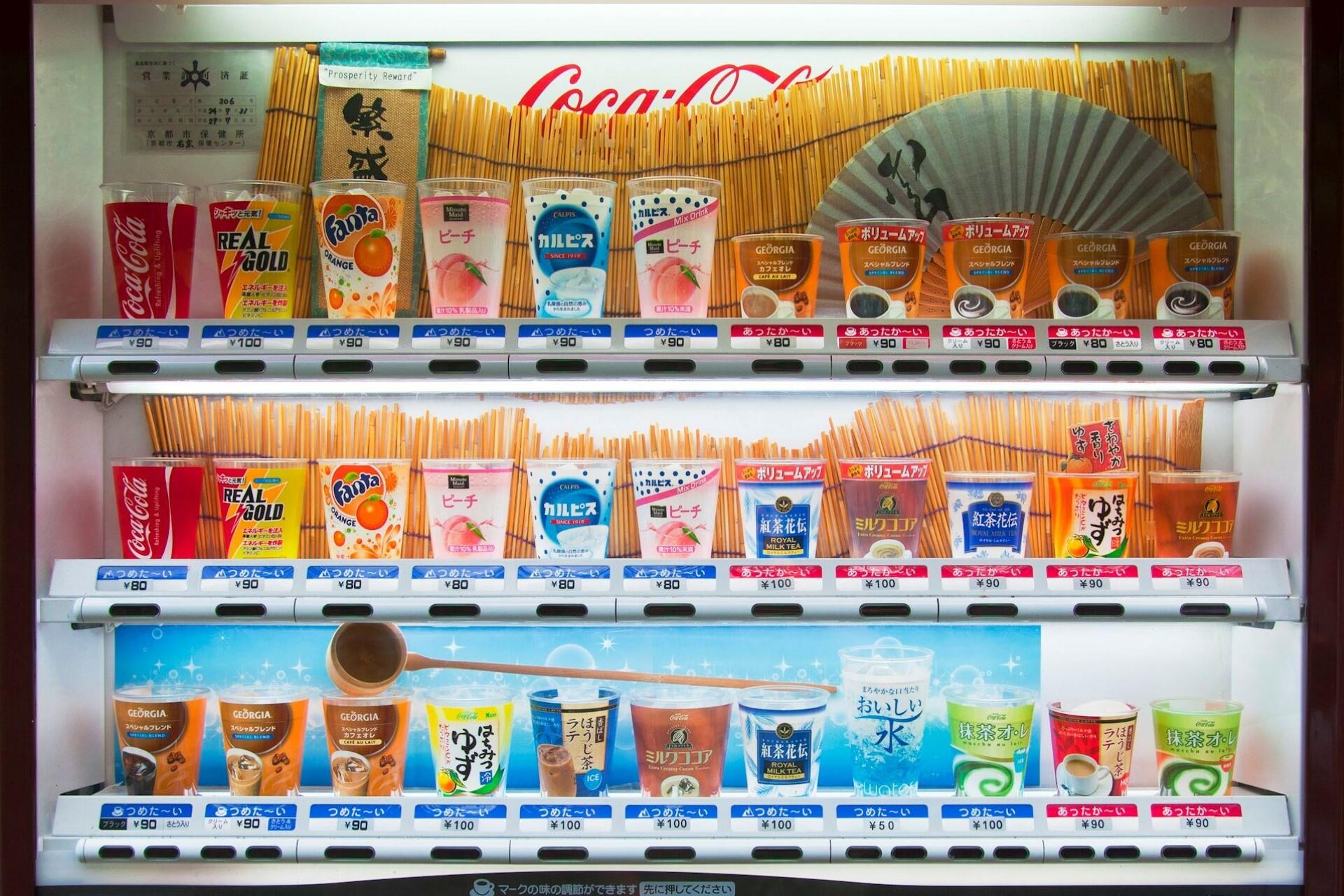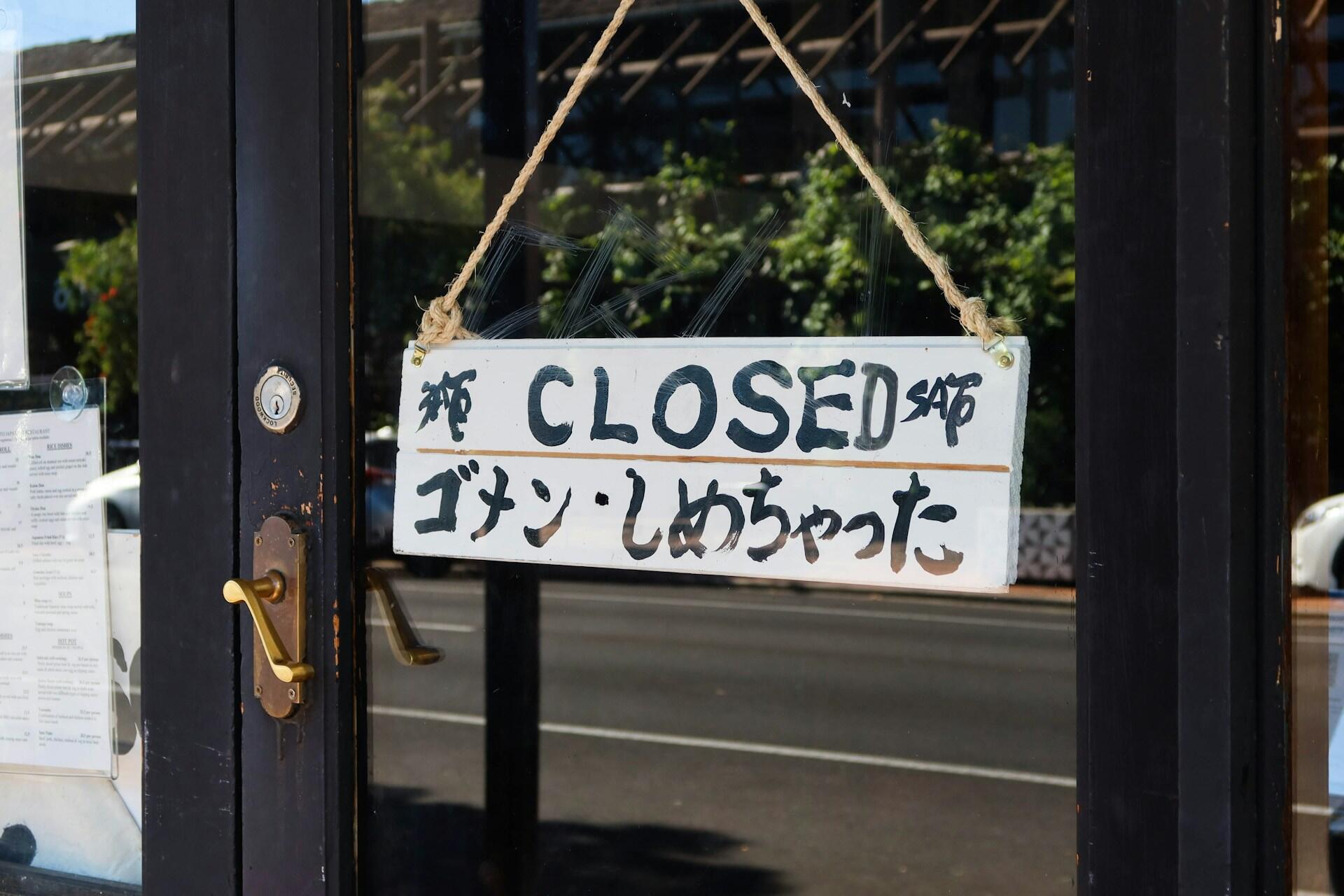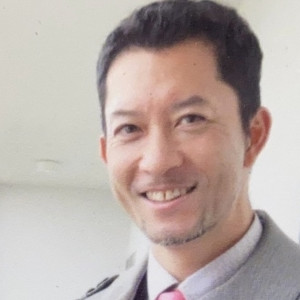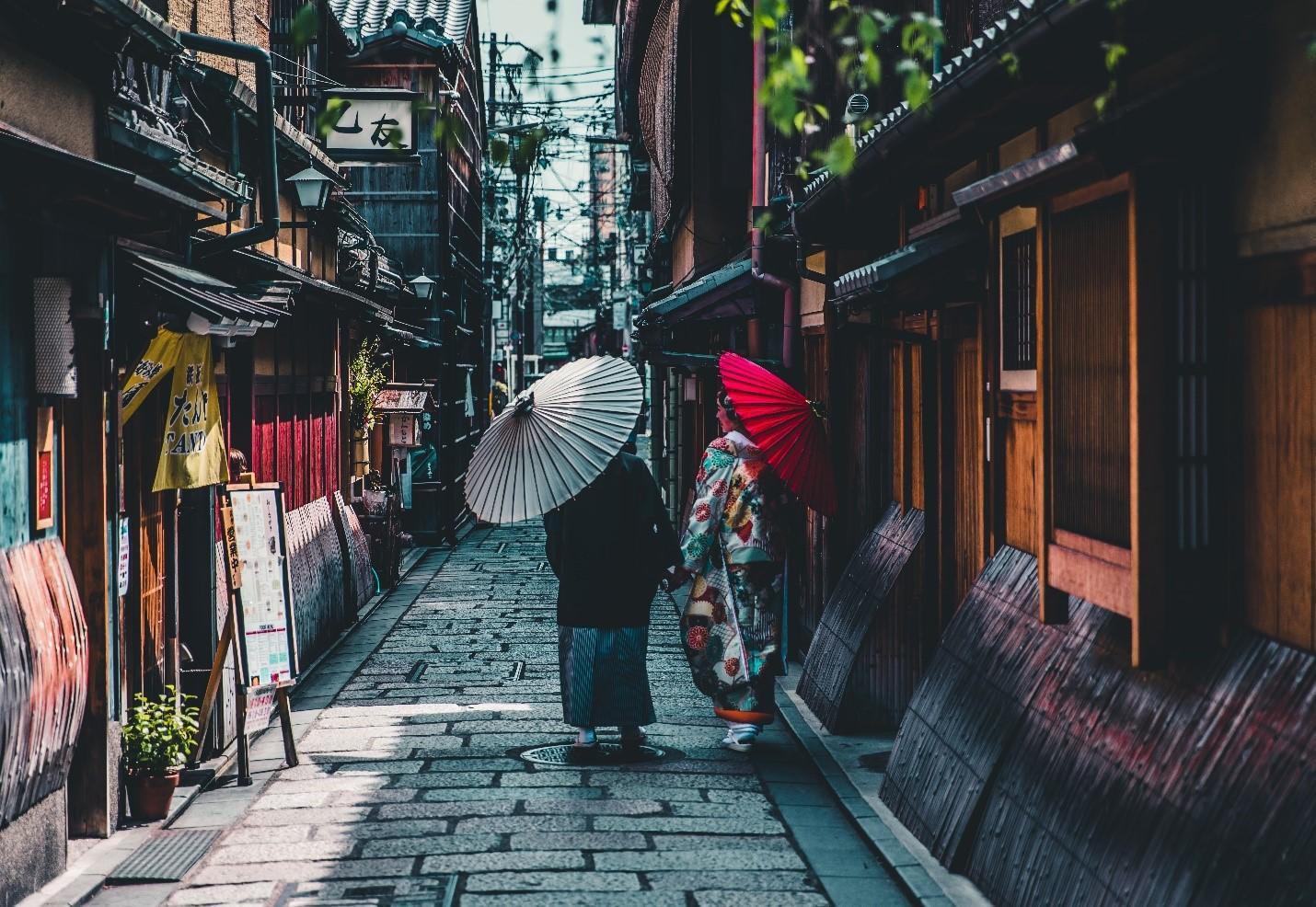Learning Japanese is a lot of fun. Whether you're interested in manga, anime, travel, or professional opportunities, the Japanese language can make Japan and its culture more accessible.
However, the writing system, vocabulary, and grammar can be challenging, particularly for English speakers. Unlike many European languages, which tend to share several similarities to English, Japanese requires that you learn kanji, hiragana, and katakana, as well as the Japanese approach to numbers, names, and everyday expressions.
Don't worry too much about this yet. Here, we'll break down the key aspects of learning Japanese so you can build a strong foundation.

The Japanese Writing System: Kanji, Hiragana, and Katakana
Your first challenge when learning Japanese will be understanding the writing system. Unlike English, which uses the Latin alphabet and 26 letters, Japanese uses three different writing systems.
These systems are kanji, hiragana, and katakana, which each plays a unique role in the language. However, to read, write, and understand Japanese, you'll need to learn them all to some extent.
Kanji (漢字): The Foundation of Japanese Writing
Kanji are Chinese characters representing whole words or ideas. There are thousands of kanji, and you typically need to know around 2,000 of the most commonly used characters (常用漢字, jōyō kanji).
Kanji are used for:
- Nouns (本 – hon – book, 日本 – Nihon – Japan)
- Verbs (食べる – taberu – to eat, 読む – yomu – to read)
- Adjectives (高い – takai – high/expensive, 新しい – atarashii – new)
Kanji can have multiple readings, depending on context.
- On’yomi (音読み) – Chinese-origin pronunciation.
- Kun’yomi (訓読み) – Native Japanese pronunciation.
For example, 日 (which means "sun" or "day") can be read as:
- On’yomi: ニチ (nichi) or ジツ (jitsu)
- Kun’yomi: ひ (hi) or か (ka)
There's no magic trick to learning these. Instead, practise consistently and recognising kanji will become easier over time.

Hiragana (ひらがな): The Core of Japanese Grammar
Hiragana is a phonetic script. It has 46 characters, which each represent a syllable. It's mainly used for:
- Grammatical elements, such as particles (は – wa, を – o, が – ga).
- Conjugations of verbs and adjectives (行きます – ikimasu – to go, 小さい – chiisai – small).
- Native Japanese words that don’t have kanji.
This writing system is usually taught to Japanese children, making it a good starting point for you.
Katakana (カタカナ): The Script for Foreign Words
Katakana is similar to hiragana because it's a phonetic script that represents syllables. However, it's used in Japanese mainly for:
- Foreign loanwords (テレビ – terebi – television, コンピューター – konpyuutaa – computer).
- Foreign names (アマゾン – Amazon, ジョン – Jon/John).
- Onomatopoeia (ドキドキ – dokidoki – heartbeat/excitement).
- Scientific and technical terms (ウイルス – uirusu – virus).
Katakana is handy for English speakers as it's used mainly for words that will likely sound very similar to their English counterparts.
While foreign names are written using katakana, native Japanese names usually use kanji.
Japanese is the gateway to anime, manga, travel, and business opportunities. With over 125 million speakers, learning Japanese opens doors to new cultures and experiences.
How Long Does it Take to Learn Japanese?
Many learners ask how long it takes to learn Japanese. Naturally, it depends on the learner, their native language, study methods, and immersion.
Estimates rank Japanese as one of the most difficult languages for English speakers to learn. It typically takes around 2,200 hours to reach fluency.
- Basic Conversational Skills (3–6 months) – Master hiragana, katakana, basic kanji, and common phrases.
- Intermediate Level (1–2 years) – Read simple texts, understand spoken conversations, and hold everyday discussions.
- Fluency (3+ years) – Master advanced kanji, complex grammar, and express ideas naturally.
We recommend using spaced repetition, immersing yourself in the language, and practising daily. Practice makes perfect and the more you practise your Japanese, the better you'll get.
The Best Way to Learn the Japanese Writing System
Step 1
Start with hiragana and katakana
Apps like WaniKani, Genki, and Japanese language courses can help.
Step 2
Use mnemonics
Remembering kanji through stories and associations makes learning easier.
Step 3
Practice writing daily
Even if you plan to type in Japanese, handwriting helps memorisation.
Step 4
Read as much as possible
Beginner-friendly manga, books, and study apps can reinforce reading skills.
Step 5
Don’t rely only on romaji
While romaji (Japanese written in English letters) is useful initially, focusing on hiragana, katakana, and kanji will improve your skills faster.
How The Three Writing Systems Work Together
In a typical Japanese sentence, all three scripts are often used together. For example:
私は日本語を勉強しています。
(Watashi wa Nihongo o benkyou shiteimasu.)
"I am studying Japanese."
- 私 (watashi) – Kanji (I, me)
- は (wa) – Hiragana (Topic marker)
- 日本語 (Nihongo) – Kanji + Hiragana (Japanese language)
- を (o) – Hiragana (Object marker)
- 勉強 (benkyou) – Kanji (Study)
- しています (shiteimasu) – Hiragana (Verb conjugation)
Numbers in Japanese: A Simple and Logical System 600
In some ways, mastering numbers in Japanese is something that complete beginners can start learning. Japanese numbers are quite logical, meaning that you only really need to learn the first ten numbers before you can count to one thousand and beyond.
Basic Japanese Numbers: 1-10
Let's start with the basic numbers in Japanese.
| Number | Japanese | Pronunciation |
|---|---|---|
| 1 | 一 | Ichi |
| 2 | 二 | Ni |
| 3 | 三 | San |
| 4 | 四 | Yon (or Shi) |
| 5 | 五 | Go |
| 6 | 六 | Roku |
| 7 | 七 | Nana (or Shichi) |
| 8 | 八 | Hachi |
| 9 | 九 | Kyuu (or Ku) |
| 10 | 十 | Juu |
How to Count in Japanese
Counting beyond this is fairly simple once you've learned the numbers from one to ten.
- 11 = 十一 (Juu + Ichi) → "Ten-One"
- 20 = 二十 (Ni + Juu) → "Two-Ten"
- 45 = 四十五 (Yon + Juu + Go) → "Four-Ten-Five"
- 99 = 九十九 (Kyuu + Juu + Kyuu) → "Nine-Ten-Nine"
The same pattern applies to hundreds and thousands:
- 100 = 百 (Hyaku)
- 200 = 二百 (Ni-hyaku)
- 300 = 三百 (Sanbyaku, irregular reading)
- 1,000 = 千 (Sen)
- 2,000 = 二千 (Ni-sen)

Larger Numbers in Japanese
However, there is a difference at larger numbers. In English, numbers are typically grouped in thousands, while Japanese counts in ten thousands.
| Number | Japanese | Pronunciation |
|---|---|---|
| 10,000 | 一万 | Ichi-man |
| 20,000 | 二万 | Ni-man |
| 50,000 | 五万 | Go-man |
| 100,000 | 十万 | Juu-man |
| 1,000,000 | 百万 | Hyaku-man |
| 10,000,000 | 千万 | Sen-man |
| 100,000,000 | 一億 | Ichi-oku |
For example, 234,567 in Japanese would be:
23万4千5百6十7 (Ni-juu-san man, yon-sen, go-hyaku, roku-juu, nana) "Twenty-three ten-thousands, four thousands, five hundreds, sixty-seven."
Using Japanese Numbers in Daily Life
One unique thing about numbers in Japanese is how they're used for money, time, and counting objects.
1. Telling Time in Japanese
Japanese uses a 24-hour system in formal situations, but a 12-hour system with AM (午前, gozen) and PM (午後, gogo) in everyday conversation.
- 3:00 AM → 午前三時 (Gozen san-ji)
- 5:30 PM → 午後五時半 (Gogo go-ji han)

2. Counting Objects (Counters in Japanese)
Unlike in English, where you can say "two books" or "three apples", Japanese uses different counters depending on the object:
| Object Type | Example | Counter |
|---|---|---|
| Books | 三冊 (san-satsu) | 冊 (satsu) |
| People | 二人 (futari) | 人 (nin) |
| Small Objects | 四個 (yon-ko) | 個 (ko) |
| Long, Thin Objects | 五本 (go-hon) | 本 (hon) |
Common Mistakes When Counting in Japanese
Many people learning Japanese make small mistakes with numbers. Here are some key points to avoid:
❌ Mispronouncing 300, 600, and 800 – These numbers have irregular readings:
- 300 is さんびゃく (Sanbyaku), not San-hyaku
- 600 is ろっぴゃく (Roppyaku), not Roku-hyaku
- 800 is はっぴゃく (Happyaku), not Hachi-hyaku
❌ Using the wrong reading for 4 and 7 –
- 4 can be shi (し) or yon (よん), but "yon" is preferred in most situations.
- 7 can be shichi (しち) or nana (なな), but "nana" is clearer to avoid confusion with ichi (one).
❌ Forgetting to use "man" (万) for large numbers –
- 100,000 is 十万 (juu-man), not 百千 (hyaku-sen).
Remembering these tricks, you’ll use Japanese numbers more naturally!
Essential Japanese Words and Phrases
Your language journey will involve learning kanji, hiragana, and katakana to read and write the language. Beyond that, counting is certainly useful. However, to start having conversations, you really need to learn some common Japanese words and phrases.
Common Japanese Greetings
Every conversation starts with a greeting, especially in Japanese, where politeness is a core value.
| English | Japanese | Pronunciation |
|---|---|---|
| Hello / Good afternoon | こんにちは | Konnichiwa |
| Good morning | おはようございます | Ohayou gozaimasu |
| Good evening | こんばんは | Konbanwa |
| Good night | おやすみなさい | Oyasuminasai |
| Goodbye | さようなら | Sayounara |
| See you later | またね | Mata ne |
| Thank you (casual) | ありがとう | Arigatou |
| Thank you (polite) | ありがとうございます | Arigatou gozaimasu |
| You’re welcome | どういたしまして | Douitashimashite |
| Excuse me / Sorry | すみません | Sumimasen |
| I'm sorry (apology) | ごめんなさい | Gomen nasai |
Basic Japanese Conversation Phrases
Once you've greeted the person you're speaking with, these phrases are useful for introducing yourself and having simple conversations.
| English | Japanese | Pronunciation |
|---|---|---|
| My name is… | 私の名前は…です | Watashi no namae wa… desu |
| Nice to meet you | はじめまして | Hajimemashite |
| How are you? | お元気ですか? | O-genki desu ka? |
| I am fine | 元気です | Genki desu |
| Yes | はい | Hai |
| No | いいえ | Iie |
| Please | お願いします | Onegai shimasu |
| Can you speak English? | 英語を話せますか? | Eigo o hanasemasu ka? |
| I don’t understand | 分かりません | Wakarimasen |
| Could you say that again? | もう一度言ってください | Mou ichido itte kudasai |
Japanese Words for Travellers
For anyone planning a trip to Japan, these expressions will be useful.
| English | Japanese | Pronunciation |
|---|---|---|
| Where is…? | …はどこですか? | … wa doko desu ka? |
| Train station | 駅 | Eki |
| Hotel | ホテル | Hoteru |
| Restaurant | レストラン | Resutoran |
| Bathroom | トイレ | Toire |
| Water | 水 | Mizu |
| How much is this? | これはいくらですか? | Kore wa ikura desu ka? |
| I want this | これが欲しいです | Kore ga hoshii desu |
| Help! | 助けて! | Tasukete! |

Different Ways to Say "Please" in Japanese
Japanese has multiple ways to say "please", depending on the situation.
- ください (Kudasai) – Used when requesting an object.
- ? "水をください" (Mizu o kudasai) → "Please give me water."
- お願いします (Onegai shimasu) – More polite, often used for services and favours.
- ? "助けてお願いします" (Tasukete onegai shimasu) → "Please help me!"
- どうぞ (Douzo) – Used when offering something to someone.
- ? "お茶をどうぞ" (Ocha o douzo) → "Here is some tea, please."
- ちょうだい (Choudai) – Casual version of "please," used with close friends or children.
- ? "一口ちょうだい" (Hitokuchi choudai) → "Give me a bite (of food), please!"
- プリ―ズ (Puriizu) – A katakana version of the English "please," used jokingly or for emphasis.
If you’re unsure, お願いします (onegai shimasu) is the safest and most polite option!
Learning Japanese is an exciting and rewarding experience. Don't worry if it seems challenging at first; you can make it easier and more enjoyable. Basic vocabulary, grammar, or studying kanji can be a pain at times, but there are lots of useful resources out there.
Books like Genki offer a solid foundation, but private tutors can tailor every session to you. Just search for Japanese tutors on the Superprof website.
























